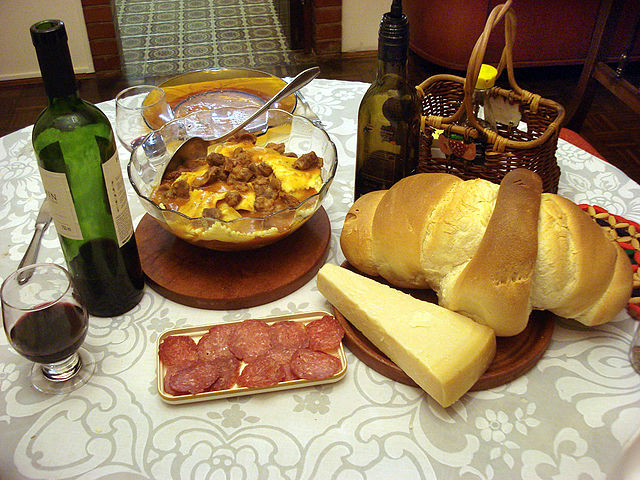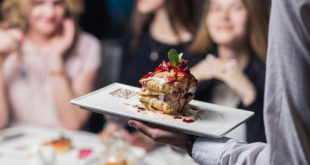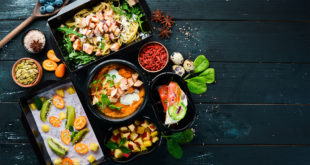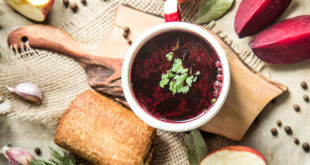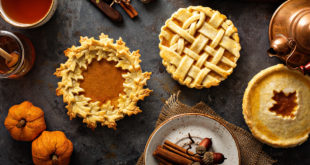One could say that the rules we eat by are almost subconscious in us. When confronted by eating etiquette of different cultures, they may seem arbitrary to us, yet we’re accustomed, comfortable with our own rules (of course). Here’s a look at traditional eating etiquette in 10 foreign countries.
Japan
In Japan, especially when you eat noodles and soups, it is appropriate to slurp the food, even at a high volume. Slurping is a sign of appreciation. In addition, it’s also appropriate to drink from the soup bowl, a questionable practice here in the US. For those of us that are good with chopsticks, be careful that you don’t cross them, lick them, or put them straight up in a bowl of rice – this is seen as disrespectful.
India, the Middle East and Some Parts of Africa
In these countries, it is seen as unclean to eat or pass food with your left hand. To Westerners this may seem unusual, but the reason these foreign countries find this disrespectful is because the left hand is associated with going to the restroom.
France
In France, it is considered unsophisticated to split the bill at a restaurant. You should propose to pay the whole bill or nothing at all. It’s also customary to use two hands to eat – either use the fork and knife or fork and bread, but never a single utensil at a time.
Speaking of bread, it’s not generally eaten alone as an appetizer, people use it to get the food on the fork. Bread is ripped off instead of being bit off directly from the slice.
Mexico
In Mexico, people eat more commonly with their hands (part of the reason why goes back to the origin of tortillas). It is considered an arrogant practice to eat with a knife and fork, but then again, it’s a lot easier to eat tacos with your hands.
Brazil and Chile
Unlike in Mexico, in Chile and Brazil you must use a knife and fork, even for traditional finger foods. It is considered ill-mannered not to do so otherwise. In Brazil, even pizza and burgers are eaten with a fork and knife.
Italy
If you find yourself in Italy, make sure to remember the rules of cheese. It’s considered bad to ask for cheese unless it is offered to you. It’s also bad practice to put extra cheese on your pizza, and really bad to put it on seafood (while people speculate on the reasons why this is so, a widely adopted reason is that the cheese will hinder the various subtle tastes in seafood).
Portugal
In Portugal, don’t ask for salt and pepper, unless they are already on the table. The chef will be insulted by this, because it appears that they don’t have the proper skills in the kitchen.
Thailand
In Thailand, they don’t use the fork as a utensil to eat from. The fork is only used to push food onto the spoon. Also, it is very unusual to use chopsticks there. If you make this mistake, play the tourist. It’s very common for foreigners to use chopsticks until corrected.
China
In China, belches and making a mess around the table are a sign of satisfaction and a compliments to the chef. Leaving a bit of food left on the plate shows the host that they have provided more than enough food for you.
Bulgaria
Bulgaria doesn’t put much stock in the whole ‘breakfast is the most important meal of the day’ attitude. Here, the most important meal is dinner. When you’re eating with others, make sure to offer the eldest person at the table the first plate.
Because eating customs in other cultures may not be straightforward or may seem unusual to what you’re accustomed to, it’s important to do the necessary research to understand what’s acceptable in the country you’re planning to viit. This will make your dining experience much more enjoyable (and may save you some embarrassment as well).
 Corner Booth Blog | TundraFMP Restaurant Supply, News & Equipment Blog
Corner Booth Blog | TundraFMP Restaurant Supply, News & Equipment Blog

